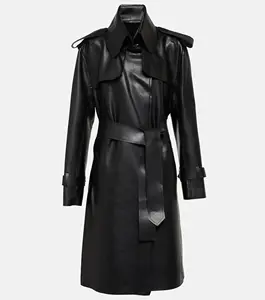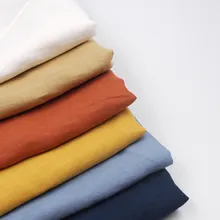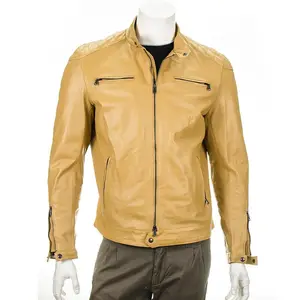Tanned Sheepskin: An Overview
Tanned sheepskin, a versatile material with a rich history, serves various industries with its unique properties. This category encompasses a range of products derived from the careful processing of sheep hide tanning, ensuring durability and comfort. Sheepskin's natural insulation and breathability make it a sought-after material for clothing, accessories, and home decor.
Types and Techniques of Sheepskin Tanning
The art of sheep tanning has evolved over centuries, with methods like vegetable tanned sheepskin and alum tanning sheepskin being prominent. Vegetable tanning uses organic materials such as tree bark, earning its place for creating durable and eco-friendly leather. Alum tanning, on the other hand, is known for producing supple and light-colored pelts, often used in the making of tan sheepskin mittens and other soft accessories. The tanning sheepskin with salt method is a traditional approach that utilizes salt to preserve the hide before the tanning process begins.
Applications of Tanned Sheepskin
Beyond the luxury fashion industry, tanned sheepskin finds its place in practical applications. Its insulating properties are ideal for linings in footwear and outerwear, providing warmth without compromising on comfort. The adaptability of sheepskin allows for its use in various forms, from whole pelts to trimmed pieces, suitable for different product requirements.
Features and Advantages of Tanned Sheepskin
Tanned sheepskin is not only valued for its aesthetic appeal but also for its functional benefits. It is naturally resistant to flame and static electricity, which makes it a safe choice for household use. Additionally, its thermostatic nature ensures that it remains cool in summer and warm in winter, making it an all-season material. The resilience of sheepskin also means that products made from it are long-lasting, representing a sustainable choice for consumers.
Materials and Sustainability
Sustainability in tanning processes, such as brain tanning sheepskin and bark tanned shearling, reflects a growing trend towards eco-conscious production methods. These traditional techniques emphasize the use of natural materials and processes, reducing the environmental impact of tanning. For those interested in DIY approaches, tanning sheep hides at home offers a hands-on experience with the craft, further connecting users with the tradition of leatherwork.
Choosing the Right Tanned Sheepskin
When selecting tanned sheepskin, it's essential to consider the intended use and the specific characteristics required for the end product. Whether it's for creating luxurious garments or for crafting comfortable home textiles, the variety of tanned sheepskin available through suppliers on Alibaba.com caters to a broad spectrum of needs. For businesses looking to source locally, options like a sheepskin tannery near me can be explored for convenience and to support regional artisans.



































 浙公网安备 33010002000092号
浙公网安备 33010002000092号 浙B2-20120091-4
浙B2-20120091-4